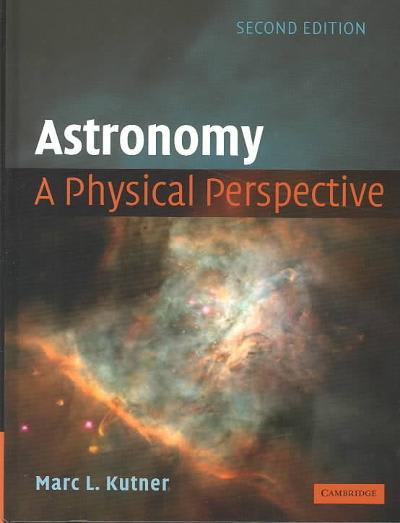Question
Snell's Law and the Law of Reflection explain how light is redirected when it encounters a surface between two media. In the extreme, light may
Snell's Law and the Law of Reflection explain how light is redirected when it encounters a surface between two media. In the extreme, light may only reflect at a boundary, and go back into the medium it was in. More often, some of it reflects and some goes through. If the boundary is plane and flat, then these laws are easy to interpret. When the boundary is curved, they describe what happens at every point on the surface.
"Crown" glass is commonly used for lenses. It has an index of refraction for visible light of 1.52 and is usually free of significant impurities so it looks clear and free of color. It was one of the first glasses discovered, and windows are made from it. Another glass is called "flint" glass, and it has lead oxide added, which makes it heavier, more "dispersive" and colorful, and lead increases its index of refraction to 1.62.
1. The speed of light in a vacuum is299,792,458 m/s exactly. We use this value to define the meter based on a standard for the duration of one second. If the index of refraction of air is about 1.0003, and of water is 1.33, what are the speeds of light in air, water, crown, and flint glasses? We often assume the index of refraction of air is 1.00000, but its index is not negligible when we calculate the times of sunrise or the directions to look in the sky to see satellites or stars.
2. A ray of light enters a flat surface of crown glass from a vacuum at a 30 degree angle to the surface. At what angles do the reflected and refracted rays leave the surface, measured from the normal to the surface? If the glass is flint instead, how does direction differ from the crown glass case?
3. If the glass is a parallel slab, what happens when the ray reaches the opposite side from the inside? At what angle to the normal to the surface does it exit the second surface of the glass back into air? Does it make a difference whether the glass is crown or flint, or some other type?
4. When light is traveling inside glass and meets a surface, it reflects off the surface and transmits through it too. What is the largest angle to the normal to the surface that light can be incident and still be transmitted from the inside to the outside in the case of flint glass? At angles greater than this, all of the light is reflected and none of it is transmitted. We say that the light is totally internally reflected. At what angle to the surface would light be exiting the glass for light incident from the inside slightly closer to the normal than the angle for total internal reflection?
5. A guiding rule is that light entering a transparent material such as glass takes a path bent more toward the normal inside than it had outside. In reverse, light exiting a transparent material into air or vacuum takes a path farther from the normal when outside than it had when inside. Consider a "planoconvex" lens with the flat side toward the light, incident perpendicular to the flat surface.Use Snell's law to explain why a such a lens will redirect light to form an image after it leaves the convex surface. Such a lens looks like this with its flat surface on the bottom and its spherically curved surface on the top.
Step by Step Solution
There are 3 Steps involved in it
Step: 1

Get Instant Access to Expert-Tailored Solutions
See step-by-step solutions with expert insights and AI powered tools for academic success
Step: 2

Step: 3

Ace Your Homework with AI
Get the answers you need in no time with our AI-driven, step-by-step assistance
Get Started


